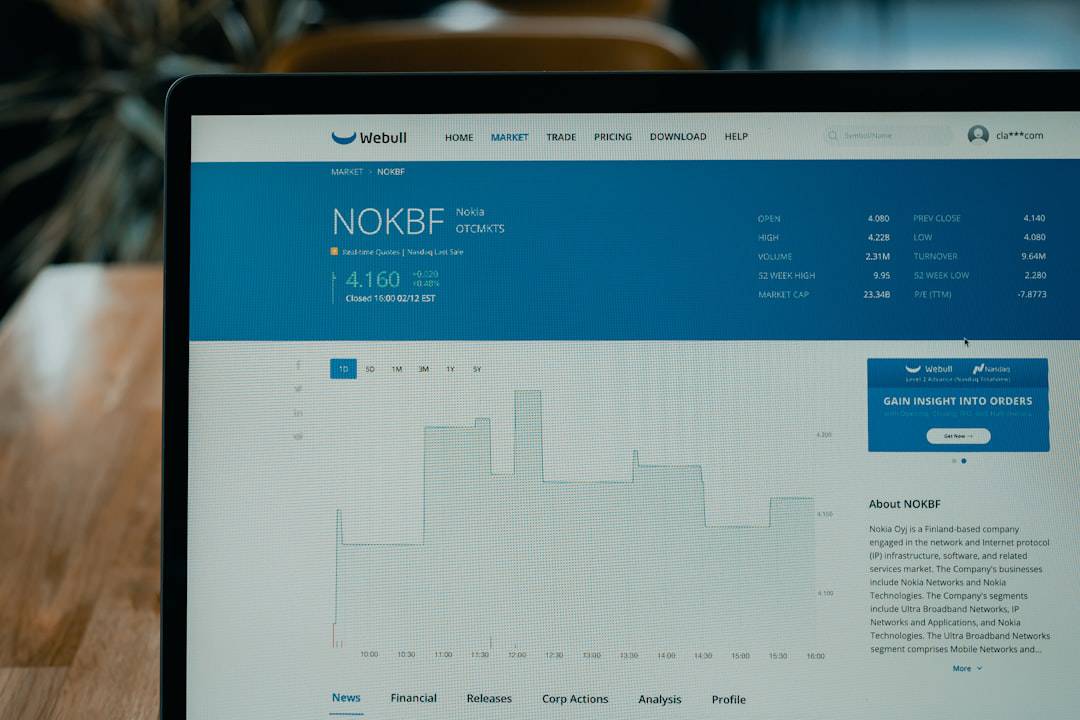Zero Trust Network Access (ZTNA) is a security framework that addresses the shortcomings of traditional network security approaches. Unlike conventional models that rely on perimeter defenses, ZTNA assumes that threats can originate from both internal and external sources. This model prioritizes the verification of user and device identities before granting access to applications and resources, thereby reducing the risk of unauthorized access and lateral movement within the network.
ZTNA operates on the principle of least privilege, which restricts users and devices to accessing only the specific resources necessary for their tasks. This approach minimizes the attack surface and limits the potential impact of security breaches. ZTNA employs various security measures, including multi-factor authentication, encryption, and micro-segmentation, to ensure secure and controlled access.
By implementing ZTNA, organizations can enhance their overall security posture and more effectively protect sensitive data and critical assets. This approach is particularly relevant in today’s increasingly complex and distributed IT environments, where traditional perimeter-based security measures are often insufficient.
Key Takeaways
- Zero Trust Network Access (ZTNA) is a security model that eliminates the idea of trust based on network location and instead requires verification of identity and device security before granting access to applications and data.
- Implementing ZTNA with AWS provides benefits such as improved security, reduced attack surface, and enhanced visibility and control over network access.
- ZTNA enhances security in AWS environments by providing secure access to applications and resources, reducing the risk of unauthorized access and data breaches.
- Key features of AWS ZTNA include identity-based access control, continuous monitoring and adaptive security policies, and integration with AWS services such as AWS Identity and Access Management (IAM) and AWS PrivateLink.
- Best practices for implementing ZTNA with AWS include defining access policies based on user identity and device security posture, leveraging AWS security services, and regularly reviewing and updating access controls and policies.
- Overcoming challenges in deploying ZTNA with AWS involves addressing issues such as legacy application compatibility, user experience impact, and ensuring seamless integration with existing security infrastructure.
- Future trends in ZTNA and AWS integration include the adoption of AI and machine learning for adaptive access controls, increased automation for policy management, and the expansion of ZTNA capabilities to support multi-cloud environments.
The Benefits of Implementing ZTNA with AWS
Enhanced Visibility and Control
One of the primary advantages of using ZTNA with AWS is improved visibility and control over network access. With ZTNA, organizations can gain granular control over who can access their AWS resources and how they can access them. This helps to prevent unauthorized access and reduce the risk of data breaches.
Improved Compliance and Governance
Another significant benefit of implementing ZTNA with AWS is improved compliance and governance. By enforcing strict access controls and monitoring user activity, organizations can demonstrate compliance with industry regulations and internal security policies. This can help to reduce the risk of non-compliance penalties and improve overall risk management.
Simplified Security Management
Furthermore, ZTNA can help organizations reduce the complexity of managing network security in AWS environments. By centralizing access controls and policies, organizations can streamline their security operations and reduce the risk of misconfigurations and human errors. This can lead to improved operational efficiency and reduced security incidents.
How ZTNA Enhances Security in AWS Environments

ZTNA enhances security in AWS environments by providing a more robust and dynamic approach to network access control. Traditional network security models often rely on static perimeter defenses, which can be easily bypassed by sophisticated attackers. ZTNA, on the other hand, focuses on continuous verification of user and device identities, as well as real-time monitoring of user activity.
This helps to prevent unauthorized access and detect anomalous behavior that may indicate a security threat. In addition, ZTNA helps to mitigate the risks associated with remote access and third-party connections in AWS environments. By implementing ZTNA, organizations can ensure that remote users and third-party vendors are only granted access to the specific resources they need, and that their access is closely monitored and controlled.
This can help to reduce the risk of insider threats and unauthorized data exfiltration. Furthermore, ZTNA enhances security in AWS environments by enabling organizations to implement a zero trust approach to network security. This means that all network traffic is treated as untrusted by default, regardless of its source or destination.
By enforcing strict access controls and encryption, organizations can minimize the risk of unauthorized access and data breaches in their AWS environments.
Key Features of AWS ZTNA
| Key Features of AWS ZTNA |
|---|
| 1. Secure Access |
| 2. Scalability |
| 3. Integration with AWS Services |
| 4. Centralized Management |
| 5. Visibility and Control |
AWS ZTNA offers a range of key features that help organizations implement a zero trust approach to network security in their AWS environments. One of the key features of AWS ZTNA is its support for multi-factor authentication (MFA). By requiring users to provide multiple forms of authentication before granting access to AWS resources, organizations can significantly reduce the risk of unauthorized access.
Another key feature of AWS ZTNA is its support for micro-segmentation. Micro-segmentation allows organizations to divide their AWS network into smaller, isolated segments, each with its own set of access controls and security policies. This helps to limit the potential impact of security breaches and prevent lateral movement within the network.
Furthermore, AWS ZTNA offers robust logging and monitoring capabilities that enable organizations to track user activity and detect security threats in real time. By analyzing user behavior and network traffic, organizations can identify potential security incidents and take proactive measures to mitigate them.
Implementing ZTNA with AWS: Best Practices
When implementing ZTNA with AWS, there are several best practices that organizations should follow to ensure a successful deployment. One best practice is to conduct a thorough assessment of existing network security controls and access policies in AWS environments. By understanding the current state of network security, organizations can identify areas for improvement and develop a comprehensive ZTNA strategy.
Another best practice is to prioritize the protection of sensitive data and critical assets when implementing ZTNA with AWS. By focusing on securing the most valuable resources first, organizations can reduce the risk of data breaches and minimize the potential impact of security incidents. Furthermore, organizations should consider integrating ZTNA with other security technologies and tools in their AWS environments, such as intrusion detection systems (IDS) and security information and event management (SIEM) solutions.
By integrating these tools with ZTNA, organizations can enhance their ability to detect and respond to security threats in real time.
Overcoming Challenges in Deploying ZTNA with AWS

Managing Access Controls in Dynamic Cloud Environments
One common challenge is the complexity of managing access controls and policies in dynamic cloud environments. As AWS resources are constantly changing, organizations may struggle to keep up with managing access controls for new resources and applications.
Ensuring Seamless Integration with Existing IAM Systems
Another challenge is ensuring seamless integration with existing identity and access management (IAM) systems in AWS environments. Organizations may need to invest in additional IAM solutions or make significant changes to their existing IAM infrastructure to support ZTNA.
Overcoming User Resistance
Furthermore, organizations may face resistance from end users who are accustomed to more permissive access controls in traditional network environments. Educating users about the benefits of ZTNA and providing adequate training and support can help overcome this challenge.
Future Trends in ZTNA and AWS Integration
Looking ahead, there are several future trends in ZTNA and AWS integration that are likely to shape the landscape of network security in the cloud. One trend is the increasing adoption of artificial intelligence (AI) and machine learning (ML) technologies for enhancing ZTNA capabilities in AWS environments. AI and ML can help organizations analyze large volumes of user activity data and network traffic to identify patterns indicative of security threats.
Another trend is the growing emphasis on automation and orchestration in ZTNA deployments with AWS. By automating the enforcement of access controls and security policies, organizations can improve operational efficiency and reduce the risk of human errors. Furthermore, as organizations continue to migrate more workloads to the cloud, there will be an increased focus on extending ZTNA capabilities beyond traditional network boundaries to encompass hybrid and multi-cloud environments.
This will require a more holistic approach to ZTNA that spans across different cloud platforms and on-premises infrastructure. In conclusion, Zero Trust Network Access (ZTNA) offers a modern approach to network security that is well-suited for securing cloud environments such as Amazon Web Services (AWS). By implementing ZTNA with AWS, organizations can benefit from improved visibility and control over network access, enhanced compliance and governance, reduced complexity in managing network security, and a more robust approach to securing sensitive data and critical assets.
While there are challenges in deploying ZTNA with AWS, following best practices and staying abreast of future trends can help organizations overcome these challenges and stay ahead of evolving security threats in the cloud.
If you’re interested in the future of technology and its impact on society, you may also want to check out this article on the ethical considerations in the metaverse here. It delves into the challenges and opportunities that arise in the metaverse and raises important ethical questions that need to be addressed as we move towards a more interconnected digital world.
FAQs
What is AWS ZTNA?
AWS ZTNA stands for Amazon Web Services Zero Trust Network Access. It is a security framework that ensures secure access to resources by verifying the identity of users and devices, and by applying strict access controls.
How does AWS ZTNA work?
AWS ZTNA works by implementing a zero trust approach to network security, where access to resources is granted based on strict verification of user and device identity, and continuous monitoring of access requests and behavior.
What are the benefits of using AWS ZTNA?
Some of the benefits of using AWS ZTNA include improved security by implementing a zero trust approach, enhanced visibility and control over access to resources, and the ability to enforce strict access policies based on user and device identity.
Is AWS ZTNA suitable for all types of organizations?
AWS ZTNA can be suitable for organizations of various sizes and industries, as it provides a flexible and scalable approach to network security. However, the specific implementation and configuration may vary based on the organization’s needs and requirements.
How does AWS ZTNA differ from traditional network security approaches?
AWS ZTNA differs from traditional network security approaches by implementing a zero trust model, where access to resources is not based on network location or perimeter defenses, but on strict verification of user and device identity, and continuous monitoring of access requests and behavior.











Leave a Reply